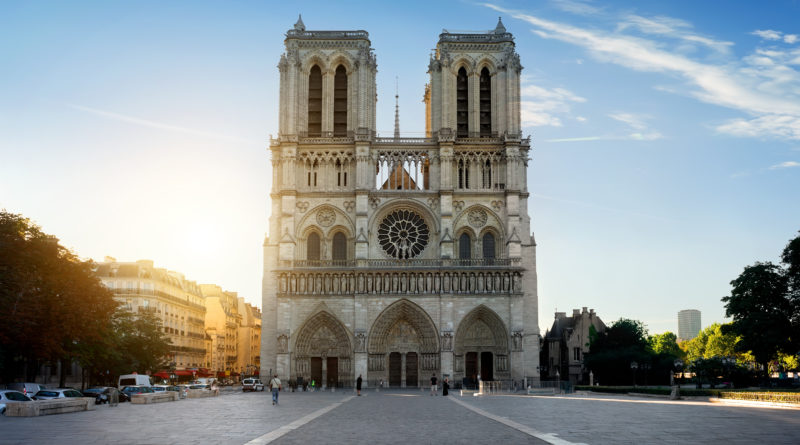Everything Known So Far About The Notre Dame Fire
14,171 total views, 1 views today
On April 15th, global news sources were flooded with reports that the famous Notre Dame cathedral in Paris was ablaze. Social media floods quickly began to overflow with mourning from all corners of the world. The cathedral is the most visited monument in Paris — even more so than the legendary Eiffel Tower — with 13 million visitors per year.
News of the Notre Dame cathedral fire first broke shortly after 1 p.m. Eastern time, when Parisian police tweeted a warning for residents and visitors to avoid the nearby area. This police tweet confirmed fire suspicions from ordinary Twitter users just minutes earlier. Not long after this police tweet, U.S. President Donald J. Trump chimed in to suggest that local firefighters could use “flying water tankers” to contain the blaze.
As the story of the Notre Dame cathedral fire developed, more information about the nature of the flames became clear. Rather than the entire massive cathedral being ablaze, it was solely the structure’s legendary spire that had caught fire. Eventually, the spire entirely collapsed. Additionally, much of the cathedral’s roof sustained extensive fire damage.
Responses to the fire have been dominated by immense mourning and sadness, especially within France’s own borders. President Emmanuel Macron, to honor the legacy of the cathedral, canceled a speech he had planned to make the night of April 15th. In a statement addressing this cancelation, Macron called the fire “terrible.”
Roughly three hours after the fire first began burning, Paris fire officials claimed that the next 90 minutes would prove vital to their efforts to preserve the cathedral. The cathedral’s beloved great bells, they claimed, could crumble as the spire did if the fire were not properly contained. The bells falling would pave the way for the entire tower to collapse — and with as many as 400 firefighters battling the blaze both inside and outside the cathedral, a tower collapse would be objectively catastrophic. Some of these firefighters were been given the especially sensitive task of retrieving the cathedral’s most sensitive, historically-significant art pieces from the potentially-endangered building. Ultimately, only one firefighter was injured.
Due to the cathedral’s massive significance in Christianity, the Vatican issued a statement regarding the blaze. The Holy See referred to the Notre Dame cathedral as a crucial Christian symbol not just in Paris, but in all of France and the world. The Vatican further expressed condolences and sympathies for the Parisian people and France’s Catholic population, not to mention prayers for the many firefighters risking their lives to contain the fire.
The cause of the fire is not yet known, though terrorism and arson are not suspected. Construction workers have long been at work restoring the cathedral, which was completed in 1345 after work on it began in 1163. In addition to its significance in Christian symbolism, the cathedral is regarded as an all-time global architectural feat. The spire that first crumbled was among the cathedral’s more recent additions, built only two centuries ago during a renovation not dissimilar to the one construction workers were carrying out at the time of the fire.

